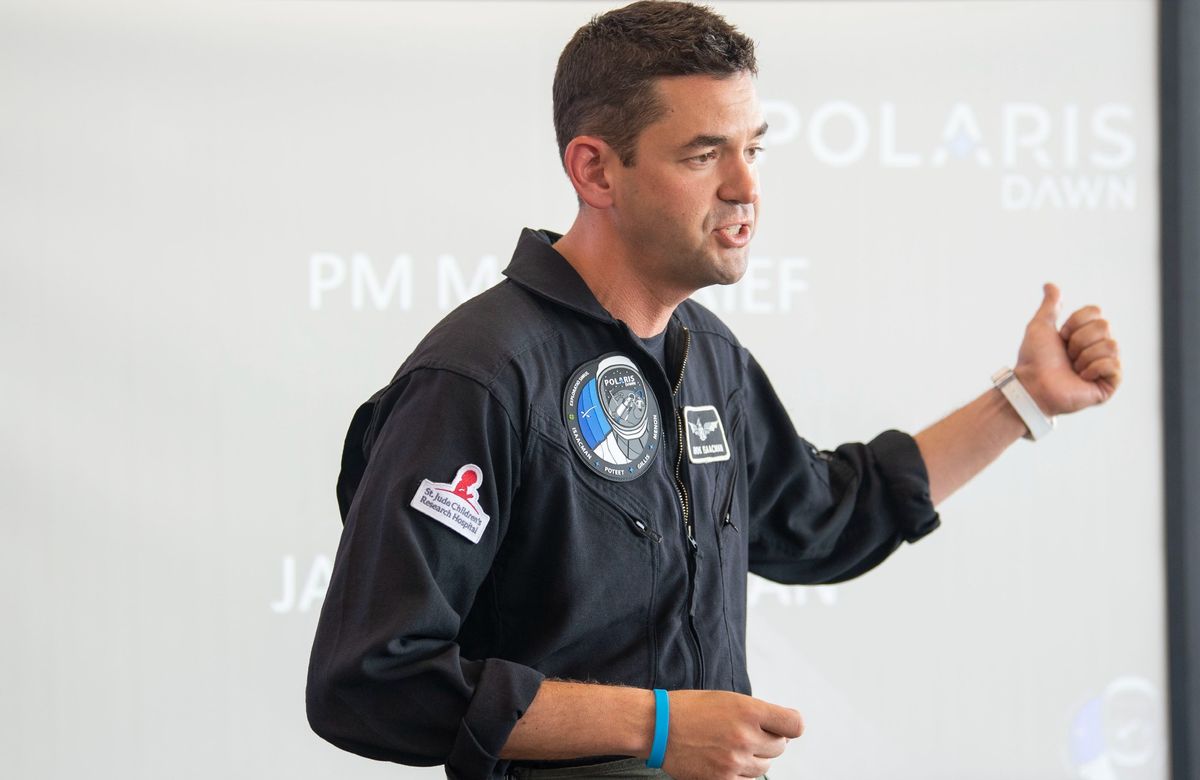
Two astronauts testing Boeing's new Starliner spacecraft will begin returning to Earth on Wednesday night, but they will stay aboard the International Space Station (ISS) instead.
The spacecraft's return to Earth has already been delayed due to problems with some of the spacecraft's thrusters and leaks of the helium gas that fuels the propulsion system.
NASA is conducting a high-level review of technical issues before deciding when to bring its astronauts home.
Suni Williams and Butch Willmore are out of harm's way, but what went wrong with the shuttle and what does this mean for their journey home?
Starliner launched on June 5 despite a small leak of helium gas. Helium is used to propel propulsion systems used to maneuver in space and slow re-entry into Earth's atmosphere.
Engineers believed that the leak was very small and would not affect the mission, so they went ahead with the launch.
But four more helium leaks developed during the mission and five of its 28 maneuvering thrusters were cut on approach to the space station, four of which were restarted.
The work was said to last eight days, but the return date was postponed as engineers investigated the issues.
On June 18 NASA announced that Starliner will begin its journey on Wednesday June 26 (03:00 Thursday June 27 BST) at 22:00 EST.
NASA previously said in a blog post that the leaks did not pose a safety risk to the astronauts: “A normal mission requires only seven hours of free flight time, and Starliner currently has enough helium in its tanks. Support 70 hours of free flight operation following disconnection.
But a few days later, following high-level meetings, NASA decided that the planned return should be « adjusted » to a date in July. No further information was given as to why the decision was changed.
NASA said flight engineers want to inspect the spacecraft to get to the bottom of the faults before it re-enters Earth's atmosphere. This is because when the crew capsule parachutes to the ground, the 'service module' under Starliner's faulty re-entry burns out, meaning some information about what went wrong is lost.
The space agency insisted that the astronauts were not stranded and that the Starliner was certified to return to Earth in the event of an emergency on the ISS.
What to do next is subject to NASA's top-level « agency-level review » to decide what to do next.
The sequence of events raises questions about whether the launch should have gone ahead despite the leak.
Dr Adam Baker, head of Rocket Engineering, a UK company specializing in rocket propulsion systems, says he understands why the launch happened, but says it would have been better if the cause of the leak had been identified and fixed. .
« Trying to get things too perfect takes too long and is too expensive, and as a result, public and political support disappears, » he said.
« But what I feel is that they didn't take enough into account that the leak would worsen after launch. That's what NASA and Boeing probably should have done.
Taking the rocket off the launch pad and the propulsion system off the spacecraft would be very expensive.
Another issue for NASA's review, according to Open University space scientist Dr. Simeon Barber, is why these problems were not identified in Starliner's two previous flight tests.
« The problems we've seen in the last few weeks are not what we expected at this point in the development program for the Starliner, » he says.
« The whole point of this is to test what putting astronauts in orbit to control the spacecraft will do in terms of performance. Instead, it looks like we're dealing with more fundamental issues that really should have been ironed out by now.
Finally, for NASA, there is the critical issue of finding the root cause of helium leaks and propulsion problems. Unless they do that, Dr. Barber says, the risks to the astronauts' safe return and any contingency plans are incomplete.
“If the root cause is not understood, they have to make a judgment about withdrawal based on incomplete information. If you don't fully understand the cause of any failure, you can't be sure that you don't have a systemic problem affecting not only the primary propulsion system, but also the backups.
As a last resort, NASA and Boeing could send their astronauts back in SpaceX's Dragon capsule, which would be very embarrassing for Boeing. But we're not in that territory yet, according to Dr. Baker.
« With a new spacecraft you have to expect the unexpected, » he says. « It's an absolutely expected bump in the road and I don't think it's going to be a major concern, it just needs to be analyzed and fixed before the next team flight. »






